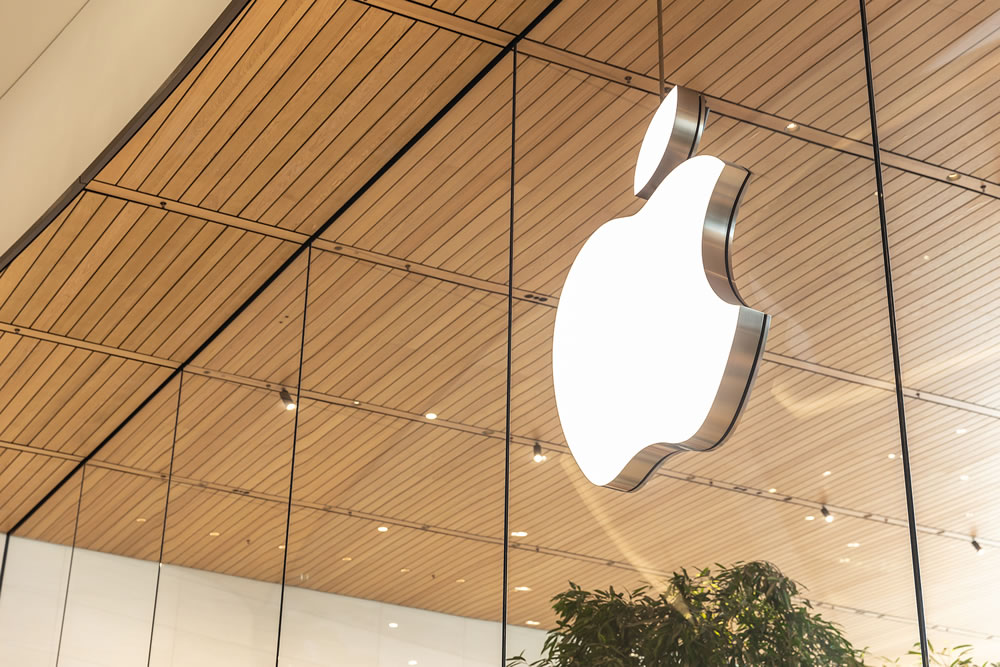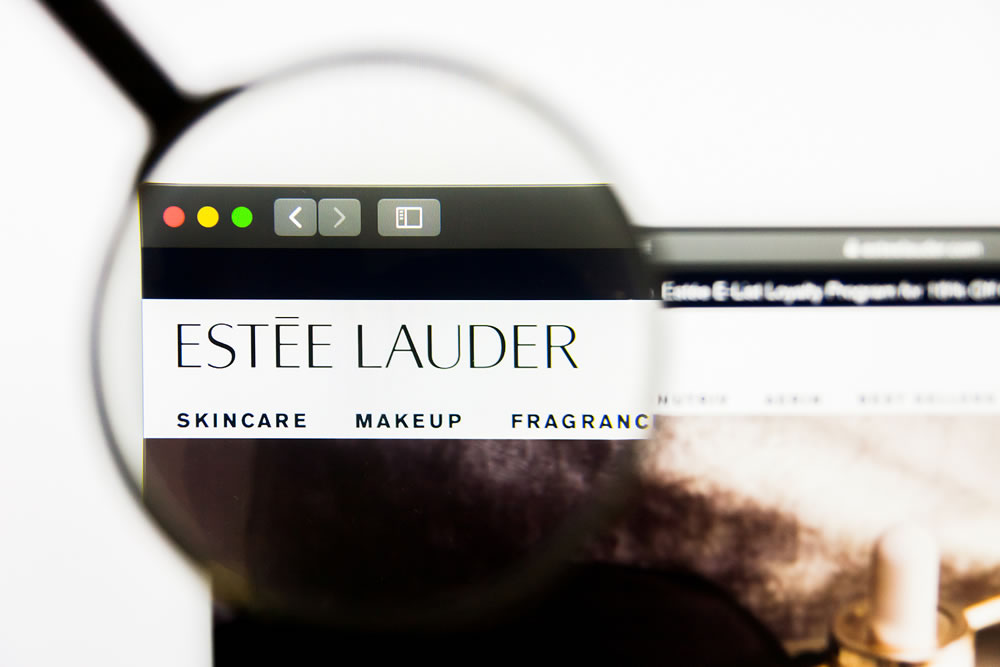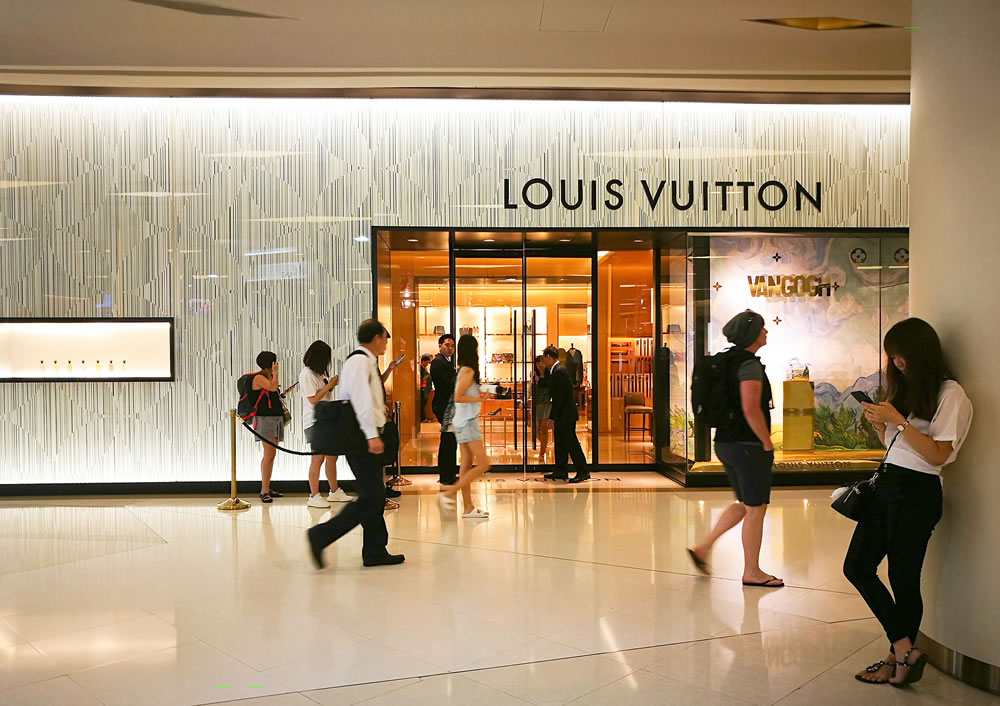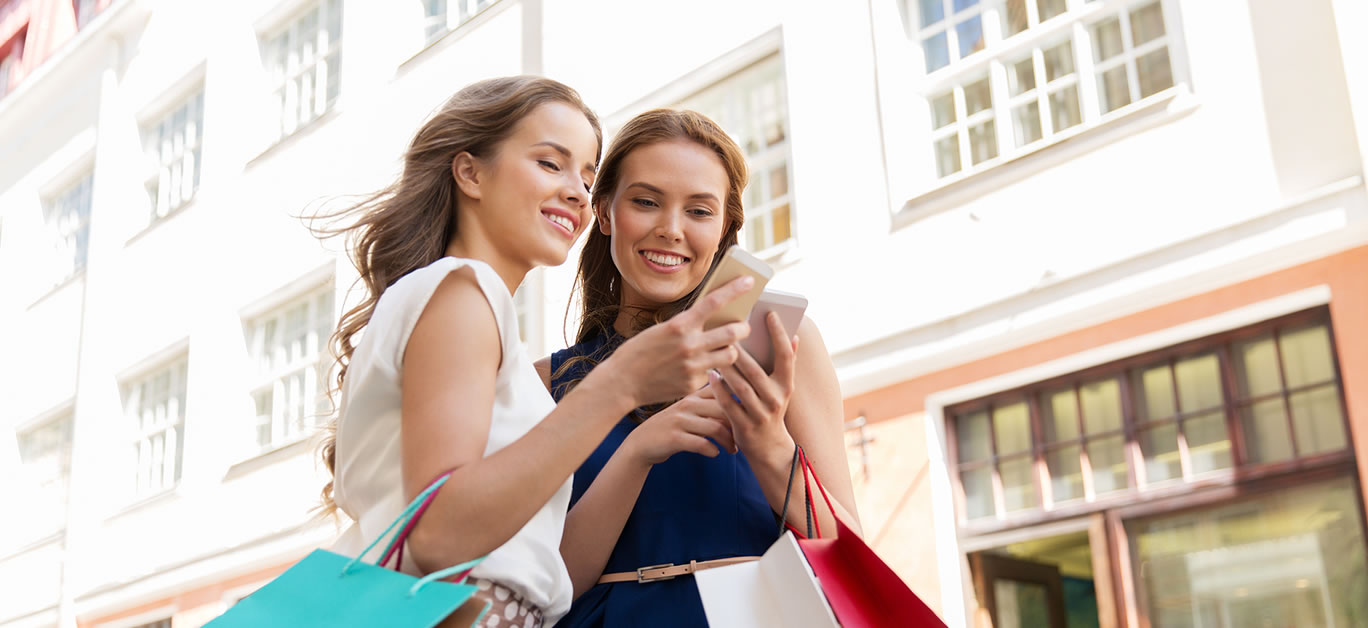With technologies evolving at a rapid rate, businesses are constantly having to adapt in order to offer their customers the very best shopping experience to stay on top of their game. Technology can be used in varying ways either within the workings of a company for the benefit of staff to improve their working experience or as tools to satisfy the end user by providing them with a much more user friendly, swift and overall optimal experience.
Competition is tough so brands have to put the work in to ensure they are the go-to name in their field, but updating infrastructures doesn’t come cheap so they have to know they are making the right business decisions for their employees and end users.
Technology uses within a business
Any successful business knows they have to look within and make sure their house is in order and running smoothly above all else. When it comes to how technology can have a positive impact from within a company, there are varying ways in which this can be done as we highlight below.

Payroll
Let’s face it, the most important part of any employee’s work, or at least for the majority of people, is the pay. It’s the reason we go there in the first place – to earn a living so that our bills can get paid and we can afford ourselves those luxuries in life that we so look forward to purchasing. Workers need to be able to trust that their salaries are bring calculated correctly with the correct deductions being accounted for, which is where salary management software comes in handy.
Human error can always occur, so a good scheme is critical to any company, especially considering the fact that salaries contribute a large proportion to a firm’s operating costs. Other helpful resources here are the use of a user-friendly paystub maker so employees have all their payment information to hand, as well the use of payment via bank transfer rather than the old-style paycheck.
Productivity software
Productivity software is application software used for producing information and making general day to day tasks for employees much simpler, whether directly or indirectly and therefore making for a more productive workforce. The information produced by the software includes presentations, documents, databases, graphs, worksheets, digital video and electronic music – basically any program a person might use on a computer for work. It’s something we take for granted but makes a person work that much more efficiently within an organisation.

What technologies are brands using to win and keep their customers?
So, we’ve taken a look at some of the uses that technology can provide its workforce to benefit its inner workings, but how are brands looking out and using technology to win new customers and keep them coming back?
We’ve talked before about how AI is changing the travel industry, namely with the use of chat bots to answer common queries posed by customers, offer personalised recommendations within pop-up ads, the use of face scanners at airports, and automated hotel check in desks and the like, but what is happening within other industries?
Technology within the fashion and beauty industry
Think back to your younger days, where you would find yourself flicking through magazines and wondering if that particular outfit would suit you, if a certain hairstyle would work with your face shape, or if that shade of eye shadow would look any good on you. Now consider the fact that you don’t have to wonder any longer, you can ‘try on’ items without having to leave your home, and we’re not talking about home deliveries, we’re talking about the likes of Estee Lauder and Sephora using software that allows a potential buyer to see, in real time, what certain makeup will look like on their skin.
We’re talking about Dior using augmented reality to allow customers to be able to try on sunglasses via their smartphones. Balmain have joined in and launched an app that lets fans see live streams of catwalk shows, go behind the scenes of the luxury French fashion house and enjoy augmented reality content too.
Another way in which the fashion and tech worlds have combined is through wearable technology within the likes of Louis Vuitton’s accessories; handbags with built in digital screens, and LVMH (Moët Hennessy Louis Vuitton) launching its own blockchain to provide origin, authenticity and therefore peace of mind to buyers of their luxury goods.

What are other industries doing with technology?
Of course, it’s not just the fashion and travel industry that benefit from the use of technologies, and with the Covid-19 pandemic still very apparent and the effects of which ripping through businesses, brands are having to get creative much quicker than they had probably imagined to still be able sell their products and services.
Big name stores such as John Lewis use a similar type of technology to the above whereby you will be able to ‘visualise your space’ by placing products in your home to see if they would work before you take them home. Dulux have a similar tool that allows you to see a selected paint colour on your walls through your phone’s camera to give you an insight to whether the shade will work or not.
Estate agents are getting creative too by offering virtual viewings to potential buyers, while wine companies, shops and brands are presenting virtual wine tastings via online video conferencing. If you’ve visited a restaurant or pub in recent times you may very well have been asked to download an app to place your food and drink through, while hotels, doctor’s surgeries and many places that have a reception desk have the option to check in without the help of, or interaction with, a human.
Any brand can use technology to their advantage, but to still be able to maintain the ability to tell their brand’s story will be the key to creating ultimate value for their company and therefore success.






















